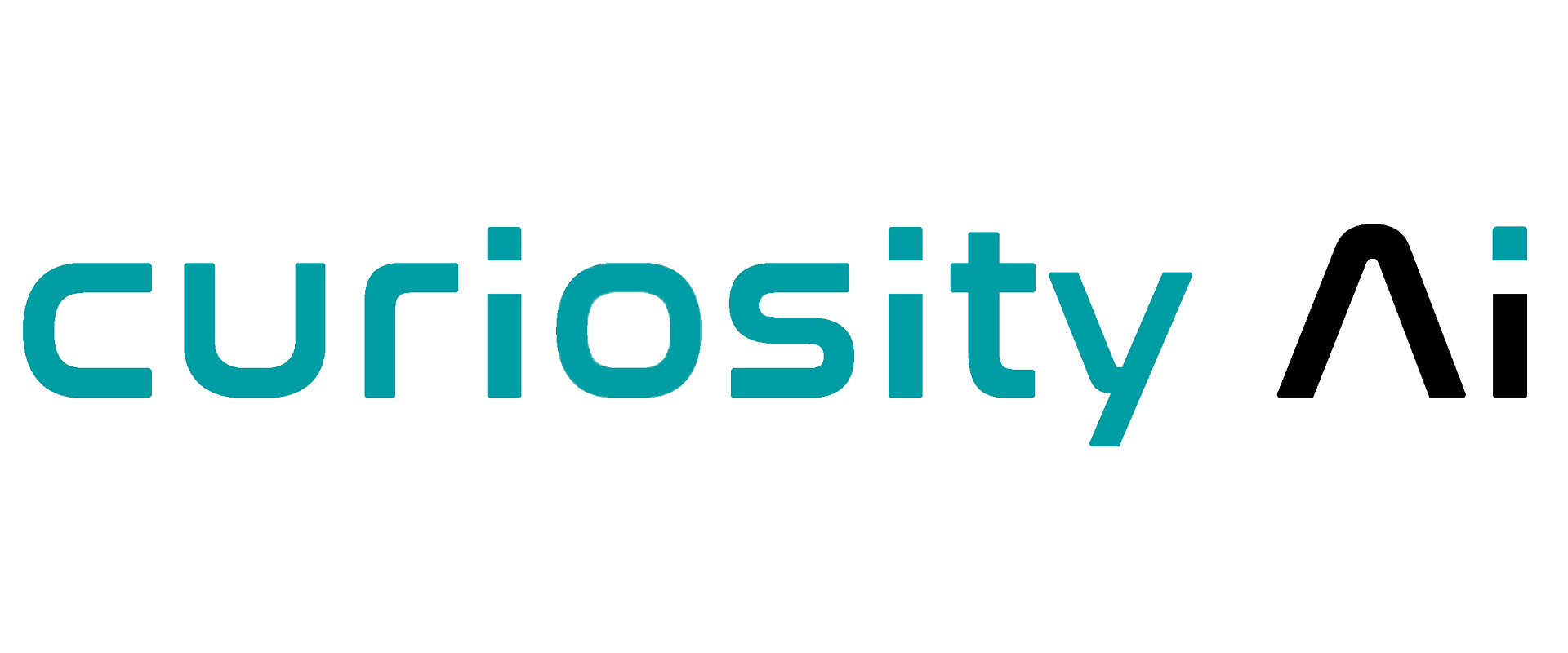blog
Approaches to Software Development
Agile and waterfall are two popular approaches to software development. The main difference between the two is that agile methodologies are iterative and incremental, while waterfall is a linear approach.
Agile development
Agile development is a type of software development methodology that is based on iterative and incremental development, where requirements and solutions evolve through collaboration between self-organizing, cross-functional teams.
The agile approach is designed to be flexible and responsive to change, allowing teams to quickly adapt to new information and changing business requirements. This is in contrast to more traditional, “waterfall” development approaches, which are based on a linear, sequential process where the requirements are defined up front and the solution is developed over time.
The agile methodology is based on a set of principles, known as the Agile Manifesto, which emphasizes collaboration, customer feedback, and the ability to rapidly deliver working software. There are several different agile frameworks that organizations can use to implement the agile approach, including Scrum, Kanban, and Extreme Programming (XP).
Agile development has become increasingly popular in recent years, due to its focus on collaboration and delivering value to customers quickly. Many organizations find that the agile approach helps them to develop software more efficiently and effectively, and to respond to changing business needs more quickly.
Waterfall development
Waterfall development is a type of software development methodology that is based on a linear, sequential approach. This means that the different phases of the development process are completed in a specific order, and each phase must be completed before the next phase can begin.
In the waterfall model, the development process is divided into distinct phases, such as requirements gathering, design, implementation, testing, and deployment. Each phase has specific goals and deliverables, and the progress of the project is measured against these milestones.
The main advantage of the waterfall approach is that it provides a clear roadmap for the development process, with well-defined phases and deliverables. This makes it easier to plan and manage the project, and to track progress and identify any potential problems.
However, the waterfall approach also has some disadvantages. Because the requirements are defined up front and the solution is developed over time, it can be difficult to adapt to changing business needs or requirements. This can result in a product that does not meet the needs of the customer, or that takes longer and costs more to develop than necessary.
Recommendation
The waterfall approach is best suited to projects where the requirements are well-defined and are not expected to change significantly over the course of the project. In situations where the requirements are likely to evolve, or where a high degree of collaboration and flexibility is required, a more agile approach may be more appropriate.
Overall, agile software development is a more flexible and adaptable approach that can help teams to deliver high-quality software quickly and efficiently. Waterfall, on the other hand, is a more structured and predictable approach that can be a good fit for certain types of projects.
Waterfall can be especially useful in cases where it is important to have a clear roadmap for the project, with defined phases and deliverables. This can help to ensure that the project stays on track and is completed within the desired timeline. Additionally, because the waterfall approach involves completing each phase of the development process before moving on to the next, it can be a good fit for projects where it is important to have a clear separation between different phases of development, such as design, implementation, testing, and deployment.
Curiosity Ai Team
Join Our Newsletter

Reducing waste through automation!
We design and implement custom software solution helping forward thinking customers automate vital operational and production processes in order to increase productivity and achieve exponential growth.
Together with our customers/partners we also try to identify how to maximise the value of operational data through artificial intelligence implementations.
